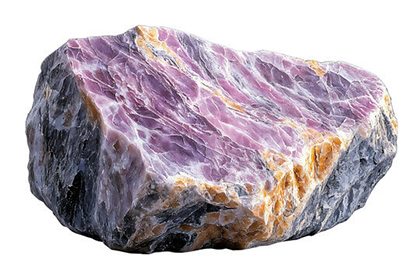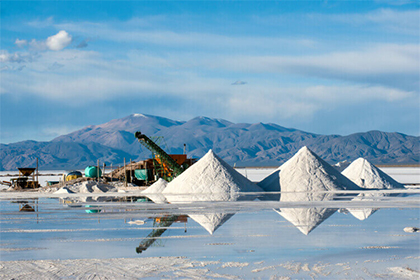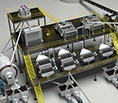How Much Does a Barite Processing Plant Cost?
 Laura
Laura
 Apr 28, 2025
Apr 28, 2025
 19
19
If you want to know more details about equipment, solutions, etc, please click the button below for free consultation, or leave your requirements!

Mineral flotation plant renderings
Barite (barium sulfate) is a heavyweight champion in industries like oil drilling, medical imaging, and plastics. But turning raw barite ore into a market-ready product requires a series of precise beneficiation steps—each adding to the plant's cost. In this guide, we'll explore how these processes shape your budget and share actionable insights to optimize expenses.
01 The Barite Beneficiation Journey: Processes & Costs
Back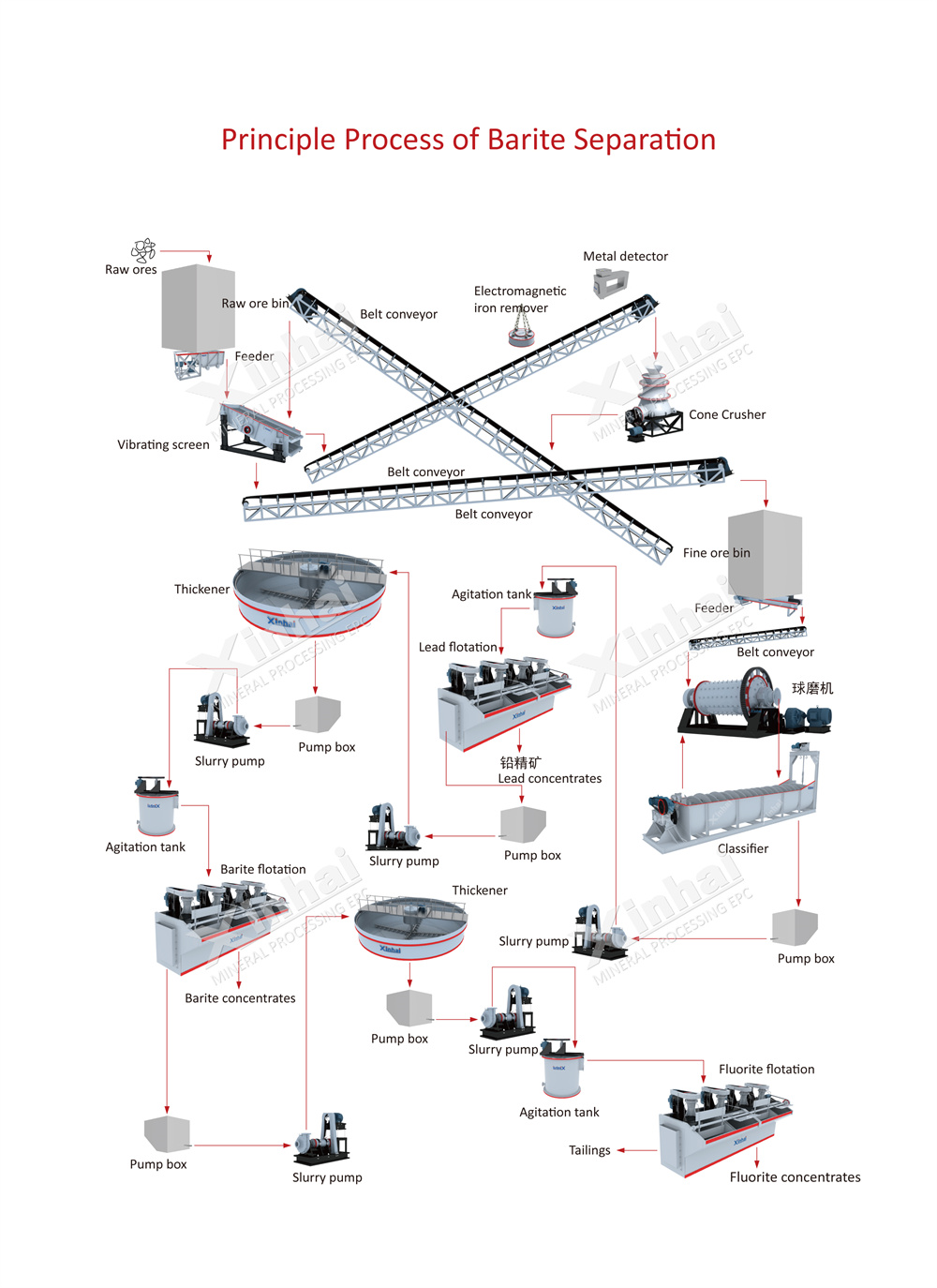
Barite beneficiation process flow chart
1. Crushing & Grinding: The First Cost Hurdle
Raw barite ore is typically hard and lumpy, requiring robust crushing and grinding:
Primary Crushing: Jaw or cone crushers break ore into 2–5 cm pieces (cost: $100,000–$500,000).
Grinding: Ball or Raymond mills reduce particles to 75–200 microns for effective separation (cost: $500,000–$2M).
Cost Tip: Wet grinding is energy-intensive—opt for dry grinding if ore moisture is low to save 15–20% on energy.
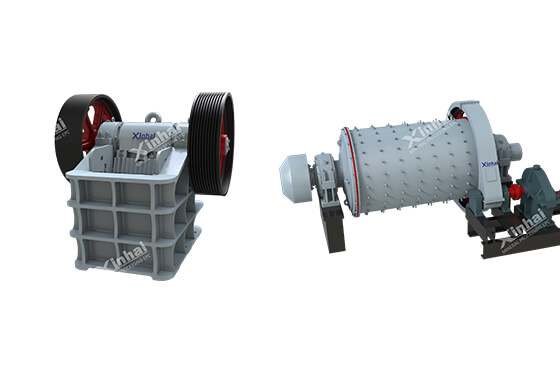
crusher and ball mill
2. Gravity Separation: The Core of Barite Beneficiation
Gravity methods exploit barite's high density (4.5 g/cm³) to separate it from lighter impurities like quartz:
Jigging Machines: Ideal for coarse particles; costs $50,000–$200,000 per unit.
Shaking Tables: Used for finer grades; adds $100,000–$300,000.
Challenge: Low-grade ores (<80% barite) may need multiple stages, raising labor and energy costs by 30%.
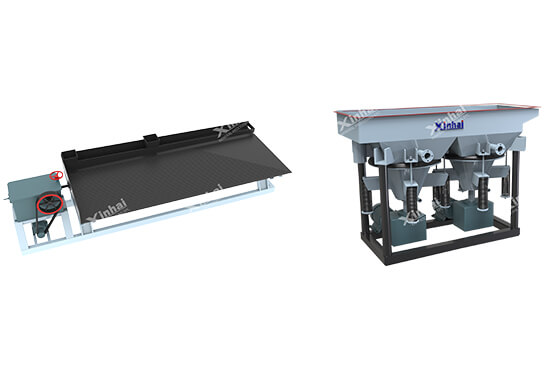
jig and shaking table
3. Magnetic Separation: Handling Iron Impurities
Iron oxides (e.g., hematite) are common impurities. High-intensity magnetic separators remove them:
Cost: $150,000–$500,000, depending on ore iron content.
Example: Turkish barite ore often contains 5–10% iron, requiring two-stage magnetic separation.
4. Froth Flotation: For Ultra-High Purity
When barite must meet strict specs (e.g., 95%+ purity for medical use), flotation is key:
Process: Uses fatty acid collectors to separate barite from sulfides or calcite.
Cost: Adds $1M–$3M for reagents, agitators, and flotation cells.
Trade-Off: Flotation doubles water and energy use compared to gravity methods.
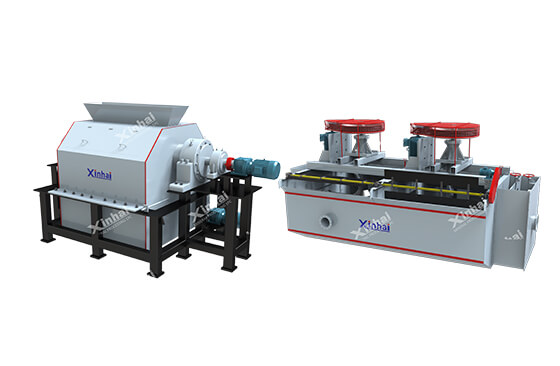
Magnetic separation machine and flotation cells
5. Drying & Packaging: The Final Steps
Rotary Dryers: Reduce moisture to<1% (cost: $200,000–$800,000).
Bagging Systems: Automated packaging lines cost $100,000–$400,000.
Pro Tip: Solar drying in arid regions (e.g., Iran) cuts fuel costs by 40%.
02 Key Cost Drivers Beyond Equipment
BackOre Grade: High-grade ore (>90%) skips flotation, saving $1M–$3M.
Water Access: Scarcity in deserts like Namibia adds $500K+ for water recycling systems.
Labor Skills: In Kazakhstan, trained operators cost $20/hour vs. $40/hour in Canada.
03 Cutting Costs Without Sacrificing Quality
BackPre-Sorting Ore: Use sensors to discard low-grade rock early, saving grinding costs.
Hybrid Processing: Combine gravity + flotation only for premium product lines.
Waste-to-Revenue: Sell silica byproducts to construction firms.
04 FAQs
BackQ: What's the most cost-effective beneficiation method?
A: Gravity separation wins for high-grade ore. Flotation is unavoidable for low-grade or high-purity needs.
Q: Can I skip drying if I'm selling to local drillers?
A: Yes! Some drilling companies accept 5% moisture, saving $200K–$800K.
Q: How does ore hardness impact costs?
A: Hard ore (e.g., Moroccan barite) requires more grinding time, raising energy bills by 20–30%.
05Conclusion
BackA barite processing plant costs between $8 million and $25 million, with beneficiation steps like grinding, gravity separation, and flotation driving 60–70% of expenses. While gravity methods are budget-friendly, flotation and drying add layers of complexity. By aligning your process with ore characteristics and market demands, you can trim costs without compromising quality. Ready to refine your strategy? Start with a detailed ore analysis—it's the bedrock of smart budgeting.
Feel free to contact us and learn more about barite processing solutions!
 +86 18716000713
+86 18716000713 xlyin@xinhaimining.net
xlyin@xinhaimining.net



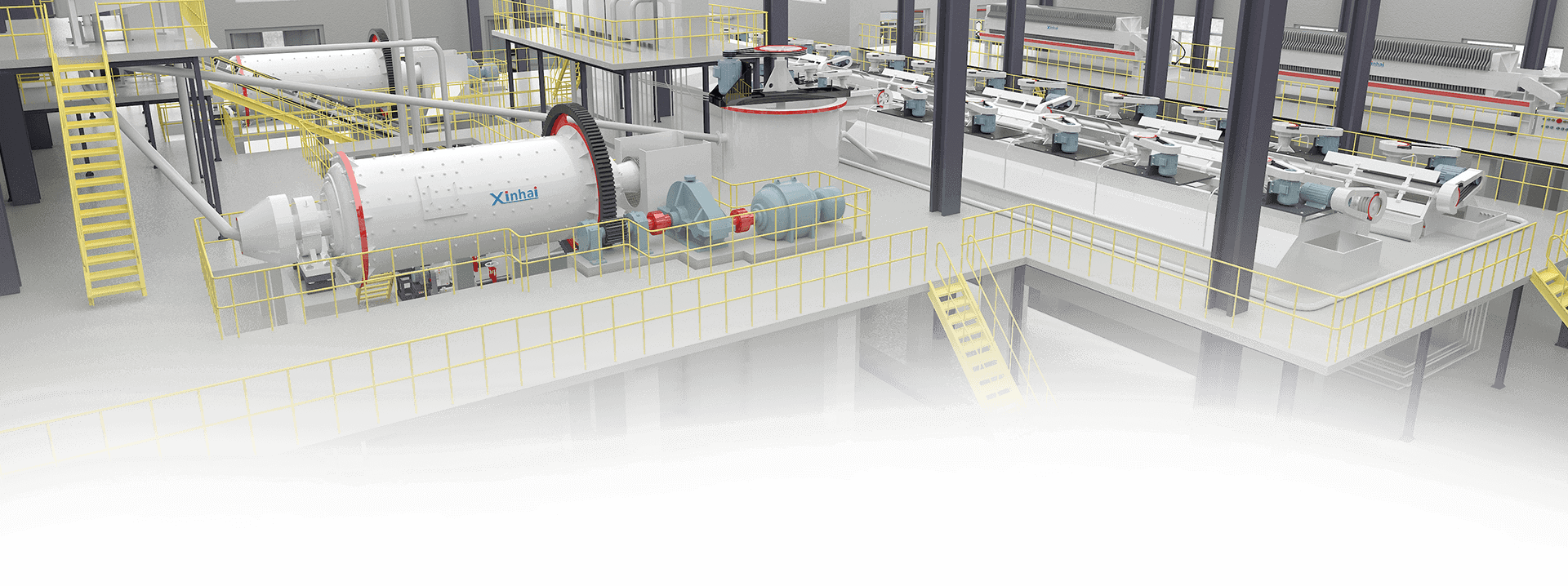
 Message
Message Chat Now
Chat Now



